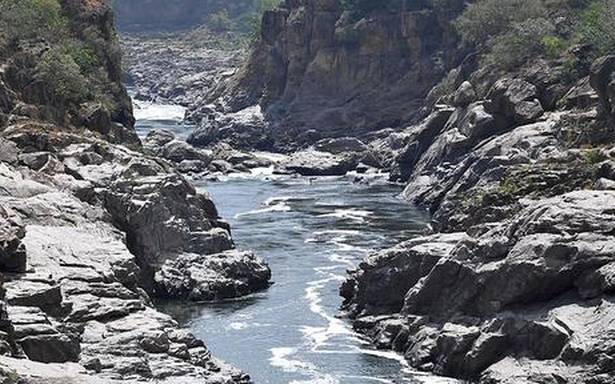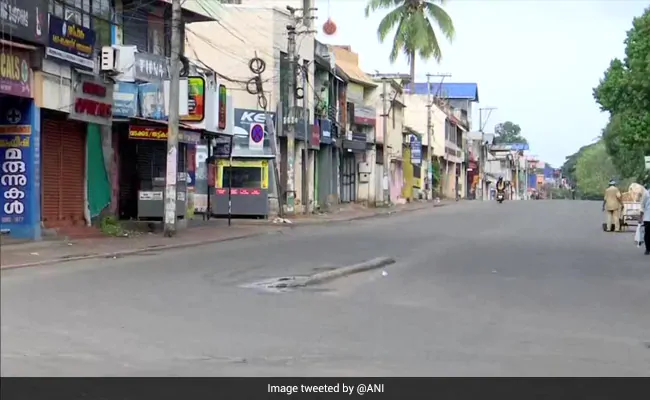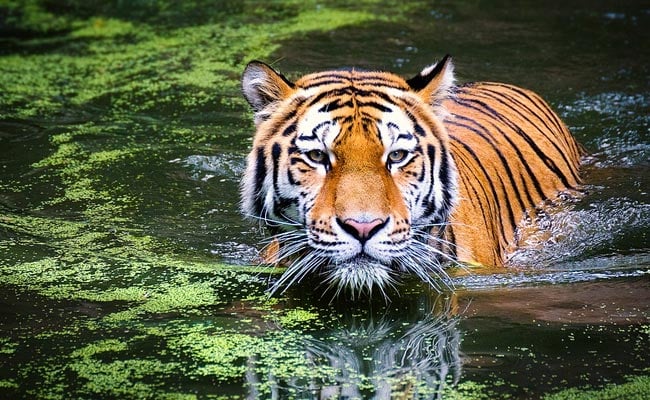
Disagreement between Karnataka and Tamil Nadu over the waters of the Cauvery go back to a time when they did not even exist as the political entities that we know today
The dispute between Karnataka and Tamil Nadu over sharing the waters of the Cauvery river seems unending with a new twist added by the former’s intention to go ahead with the construction of the Mekedatu dam. Tamil Nadu has strongly opposed the plan with the Union Territory of Puducherry, too, expressing its opposition. Here’s what you need to know.
What is the Mekedatu Dam project?
In early 2019, the Karnataka government had submitted a detailed project report to the Centre on its plans for the construction of a reservoir at Mekedatu in Ramanagara district, about 90km away from Bengaluru and 4km ahead of the border with Tamil Nadu.
The key aim of the about Rs 9,000 crore project, Karnataka has maintained, is to ensure adequate drinking water supply for Bengaluru. Proposed to come up at the confluence of Cauvery with its tributary Arkavathi, the dam is expected to have a capacity of about 66 thousand million cubic feet (tmcft) of water and would also generate 400MW of hydroelectric power when it becomes operational.
Earlier this month, Karnataka Chief Minister BS Yediyurappa wrote to his Tamil Nadu counterpart MK Stalin seeking the state’s cooperation regarding the project. With Tamil Nadu having long been opposed to the project, Yediyurappa sought to assure Stalin that the project would actually help it get its due share of the Cauvery waters and that “it would be in the interest of all concerned and to have better relationship between the state of Karnataka and state of Tamil Nadu, if the Tamil Nadu government in the right spirit would not oppose the implementation of the project”.
But with decades of mistrust between the two states over the waters of the Cauvery, leaders across the political spectrum in Tamil Nadu have expressed strong objection against the project.
Why is Tamil Nadu opposed to the project?
Making a detailed refutation of Karnataka’s claim that the Mekedatu dam would also benefit Tamil Nadu, Stalin said the Mekedatu zone represented the last free point from where water from the Cauvery flowed unrestricted into the downstream state of Tamil Nadu from the upstream Karnataka. Hence, the construction of a dam there would leave Tamil Nadu beholden to Karnataka for the release of its just share of water.
“Karnataka is supposed to release Cauvery water from three sources: (First), the water flowing in the areas downstream of the Kabini river, catchment areas of Krishnarajasagar reservoir, the sub-basins of Shimsha, Arkavathi, and Suvarnavathi rivers, and the water from minor rivers; (second) water released from Kabini dam; (third) water released from Krishnarajasagar dam,” Stalin was quoted as having said by The New Indian Express.
He added that “since there is no dam on the first source, water from this area has been reaching Tamil Nadu so far without any hindrance”. But he accused Karnataka of attempting to “block this source also in the guise of Mekedatu dam”.
“If the new dam is built, water received by Tamil Nadu through the first source will be stored in it and Karnataka will release only residual quantities of water to Tamil Nadu. This is the reason we are opposing a new dam at Mekedatu,” Stalin said.
How does the project add a new chapter to the river dispute saga?
Disagreement between Karnataka and Tamil Nadu over the waters of the Cauvery go back to a time when they did not even exist as the political entities that we know today. It was in 1892 that a dispute began between the erstwhile Presidency of Madras, which was under British rule, and the princely state of Mysore over the latter’s proposed move to build irrigation systems on the Cauvery. The fear then was the same as it is now, that the upstream state would corner the lion’s share of the water and leave the downstream state in a jeopardy, threatening its farmers.
Finally, in 1924, an agreement is reached paving the way for the construction of the Krishnaraja Sagar dam and spelling out what the different states’ allocations would be as regards the Cauvery waters. The agreement is given a 50-year timeline and, following its lapse, the dispute gets a new lease of life with Tamil Nadu approaching the Centre seeking the setting up of a tribunal to decide the allocation of water between the states.
The tribunal was set up in 1990 and made its final award in 2007, granting 419 tmcft of water to Tamil Nadu, 270 tmcft to Karnataka, 30 tmcft to Kerala and 7 tmcft to Puducherry. The tribunal ordered that in rain-scarcity years, the allocation for all would stand reduced.
However, both Tamil Nadu and Karnataka expressed unhappiness over the allocation and there were protests and violence in both states over water-sharing. That saw the Supreme Court take up the matter and, in a 2018 judgment, it apportioned 14.75 tmcft from Tamil Nadu’s earlier share to Karnataka. The new allocation thus stood at 404.25 tmcft for Tamil Nadu while Karnataka’s share went up to 284.75 tmcft. The share for Kerala and Puducherry remained unchanged.
What’s the outlook?
All signs are that both sides are digging in heels on their separate stands regarding the proposed dam. Karnataka insists it is within its rights to go ahead with the construction of the dam while Tamil Nadu is urging the Centre to not grant clearance to the project.
Meanwhile, an all-party meeting convened by Tamil Nadu Chief Minister MK Stalin unanimously decided to urge the Centre against giving its nod for the building of the Mekedatu dam. An all-party delegation of leaders from Tamil Nadu was set to call on the Union Jal Shakti Minister Gajendra Shekhawat, who has already met Yediyurappa in this regard.
Tamil Nadu has also moved the Supreme Court against the project reportedly under AIADMK CM and Stalin’s predecessor in the seat Edappadi K Palaniswami.
But likely issues impinging on the dam may not be limited to the political and agricultural only with environmental activists pointing to the impact the Mekedatu project would have. According to reports, the proposed dam would inundate parts of the Cauvery Wildlife Sanctuary and also affect the Bannerghatta National Park and Chamarajanagar forests.




